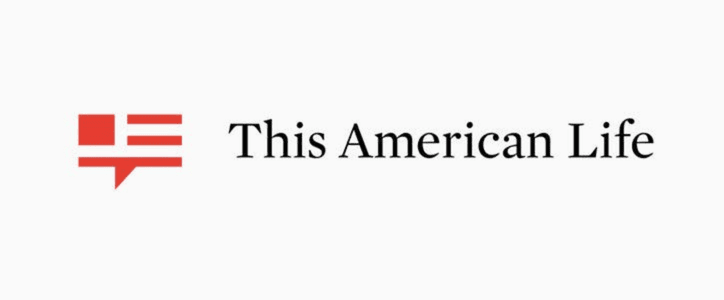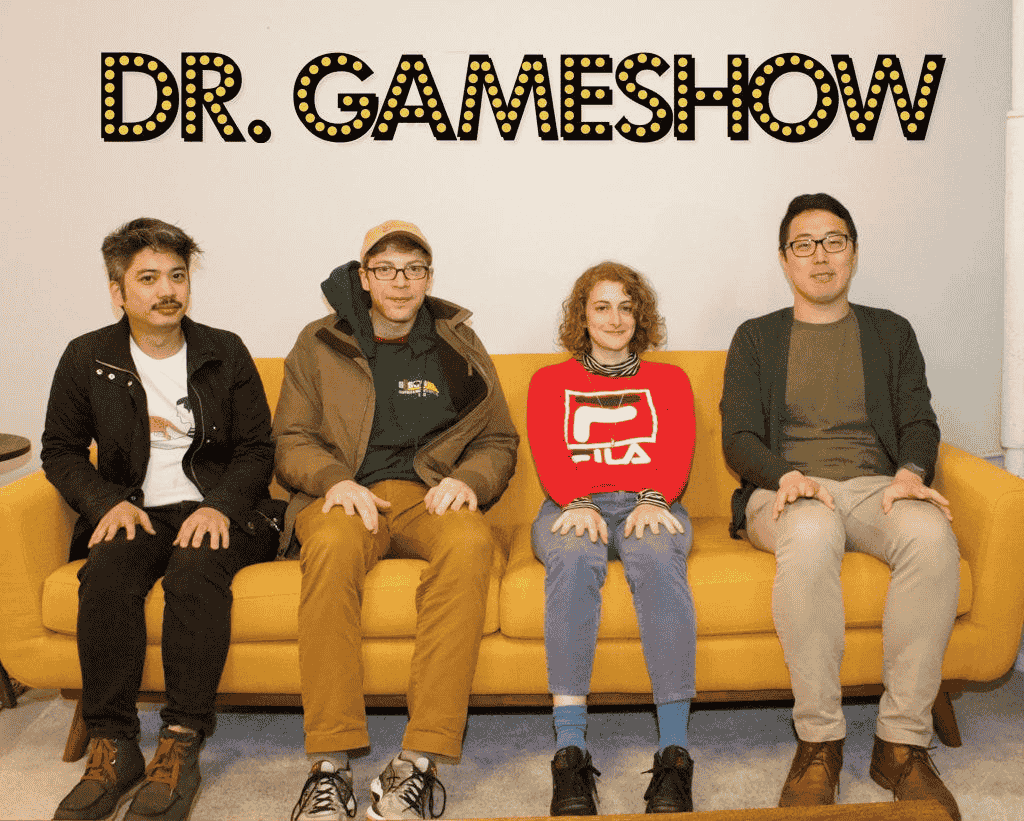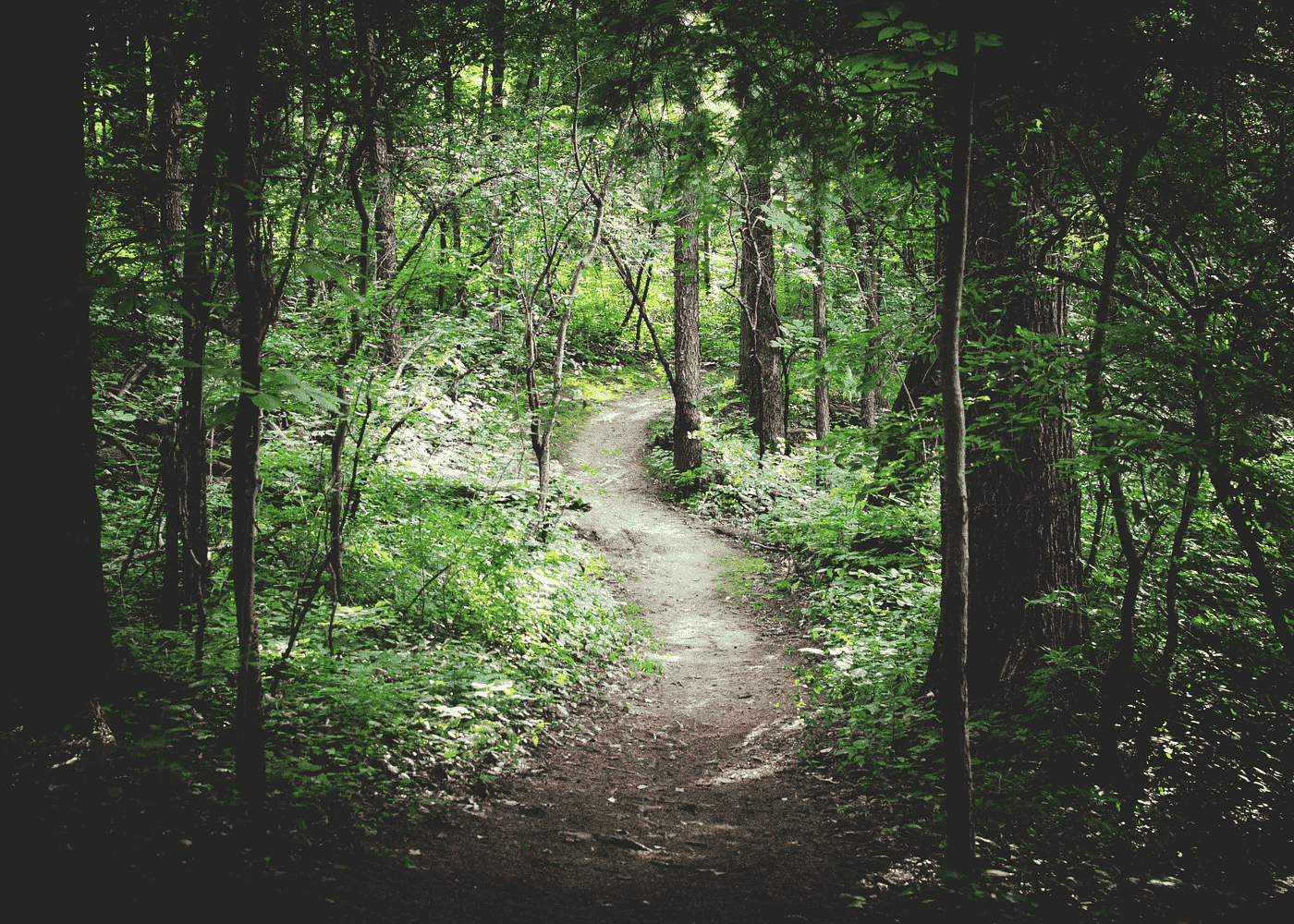Why brands shouldn’t produce interview podcasts

More often than not, a potential client approaches us with strong interest in creating a podcast with the concept of a single guest being interviewed for the entire episode. And almost always, we try to discourage them from doing it.
There are two big reasons why. Differentiation and quality control.
Differentiation
Podcasts began in 2004 as a way to democratize production and distribution. Anyone could suddenly make their own audio show for next to nothing and anyone in the world could choose to hear it. Awesome! However, when you don’t have a lot of time or a lot of money, the most efficient podcast to make is conducting a long-form interview or having an extended conversation.
As a result, there are LOTS of those shows in existence. There are over 660,000 podcasts in the world and I’d be willing to make a large bet that the majority of those are interview-based formats. And lots of competition means it’s really hard to differentiate yourself.
If you or your company are considering an interview podcast, you should ask yourself these three questions:
- What are you are bringing to the table that differentiates your show from the work of Terry Gross, Joe Rogan, Oprah, Marc Maron. Michael Barbaro, and countless other popular and talented interviewers?
- What sort of guests are you going to have on your show that haven’t been guests on several other interview-based podcasts already?
- How is the content or form of your interview going to be substantially different than any of the countless others out there?

It is tough to answer these questions because it is REALLY hard to differentiate yourself with an interview-style podcast. You need an amazing host with incredible interviewing skills, a unique and compelling mix of guests, and a format that sets you apart from everyone else in the industry.
Quality Control
When we think about choosing a format for a podcast, we also think a lot about quality control. Some formats offer much more control than others. And apart from a live event recording, the interview format is the one that gives you the least number of options to guarantee consistent quality.
By definition, an interview is a conversation with two or more people. Most interview podcasts are a one-shot deal. You sit down, you record the conversation, and that’s your podcast. You don’t get a ‘re-do.’ There are a number of ways where this can go sideways and you don’t get the audio that you’re hoping for:
- The host or the guest isn’t “on”
- There’s no chemistry between the host and guest
- The conversation just isn’t that interesting or compelling
And if any of these things happen in your one-shot interview, you can’t do much about it afterwards. And that interview is your WHOLE episode.
Another obvious point worth noting — the interview format also puts a huge amount of pressure on the host. They have to step up and deliver a great interview with a wide range of guests and topics, every single episode. If your host works for your company or isn’t a professional interviewer, it’s demanding a lot of that host. The bar is very high if you want to differentiate your show, and most of that pressure will fall on the host.
The Solution: Alternative Formats
As professional podcast nerds who work with brands, we feel that it’s much more strategic and effective to look to other formats than single interviews or conversations. With alternate formats, you can differentiate yourself much more easily in the market, you can control for quality in a number of different ways, and you can reduce the pressure on your host to have to deliver magic at every turn.
Here are a few formats that aren’t interviews that you might want to consider:
Narrative Format
Single story narratives can be very engaging. If you grab people off the top of each episode with a fantastic hook, they pretty have to stay until the end of the episode to hear how the story ends. Everything from S-Town to Heavyweight to Dr. Death uses this format and it can be extremely successful when done well.

This is definitely a more expensive, labour-intensive, and difficult format to produce than an interview, but as such, fewer people make them. It is significantly easier to differentiate a storytelling show from everything else in the podcast market compared with an interview.
Story-based formats also appeal to a broader audience. If you have a fantastic set of characters, a strong arc with conflicts and challenges to overcome, and emotion built in throughout, it’s often a more popular choice than two people talking for an hour.
Magazine Format

This American Life is a great example of a magazine format — multiple shorter stories and segments that are assembled together into a single episode. Magazine formats allow you to have a mix of pacing, a variety of editorial elements, and a predictable format that listeners will come to know and enjoy. We enjoyed a lot of success making magazine-format shows like Slack Variety Pack and TGIM with Shopify.
Like the storytelling format, the magazine show is also more expensive and labour-intensive than an interview to produce. However, it’s also easier to find several 3–8 minute stories that sustain listener attention than it is to find a single story that sustains for 25–30 minutes. Again, it stands out much more prominently in a crowd full of interviews.
Fiction
If you really want to differentiate yourself, fiction is perhaps the rarest form of podcast. Shows like Homecoming, Welcome to Night Vale, The Message, Sandra, and more have all found passionate audiences.

Fiction is likely the single most expensive format you could choose to produce. You need writers, actors, and excellent sound design. It’s also really hard to do well. BUT… if you do a great job, you’re instantly recognizable in the market and you’ll have a horde of audio fiction fans checking out your show.
Atypical Formats
The best thing about the podcast industry is that it’s still being invented. There is SO much flexibility in what a podcast can be. So don’t be constrained by what you think a podcast already is. You can invent new formats or bring in formats from other media.

Our show with McAfee, Hackable?, is like Mythbusters for cyber-security. Every episode, a hack from popular culture is tested out by real hackers to see if it’s possible and if listeners should be worried.
There are game shows, like Wait Wait Don’t Tell Me and Dr. Gameshow.
There are reality-style shows, like Square Space and Gimlet’s co-production of Casting Call, an American Idol style show to find America’s next great podcast host.
These are the creatively brave experiments that we love to see — when you create a new format, you literally have NO competition.
To Stand Out, Take The Road Less Traveled
Don’t get me wrong — I’m not saying that you can’t make a great interview-based podcast. I’m not saying that I don’t enjoy listening great interview podcasts. And I’m not suggesting that everyone or every company has the time or budget to be able to make some of the alternative formats suggested above.
I’m just saying that’s it really hard for an interview show to stand out in such a crowded field.

And if you or your company have the opportunity to move to a field that is sparsely populated — storytelling, magazines, fiction, or an atypical format — it will increase your ability to differentiate your show and for to be discovered.
These alternate formats also greatly increase your ability to control for quality. None of them require one-take recordings. They all contain multiple audio elements, which means that you can build each episode around the strongest material. If one element doesn’t work out the way you’d hoped? You can go back and try again, or take an alternate approach. There are so many levers you can pull to guarantee quality. And you can’t do any of that with an interview.
So before you decide on the format for your podcast, ask yourself what will make your show special compared to all the others out there and how you’re going to ensure quality control.
To quote Robert Frost:
“Two roads diverged in a wood, and I —
I took the one less traveled by,
And that has made all the difference.”
Sign up for the Pacific Content Newsletter: audio strategy, analysis, and insight in your inbox. Once a week.
